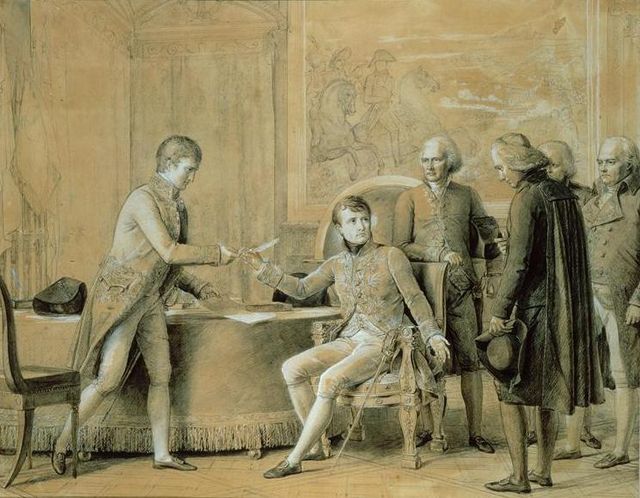The Reichskonkordat is a treaty negotiated between the Vatican and the emergent Nazi Germany. It was signed on 20 July 1933 by Cardinal Secretary of State Eugenio Pacelli, who later became Pope Pius XII, on behalf of Pope Pius XI and Vice Chancellor Franz von Papen on behalf of President Paul von Hindenburg and the German government. It was ratified 10 September 1933 and it has been in force from that date onward. The treaty guarantees the rights of the Catholic Church in Germany. When bishops take office Article 16 states they are required to take an oath of loyalty to the Governor or President of the German Reich established according to the constitution. The treaty also requires all clergy to abstain from working in and for political parties. Nazi breaches of the agreement began almost as soon as it had been signed and intensified afterwards leading to protest from the Church including in the 1937 Mit brennender Sorge encyclical of Pope Pius XI. The Nazis planned to eliminate the Church's influence by restricting its organizations to purely religious activities.

The signing of the Reichskonkordat on 20 July 1933 in Rome (from left to right: German prelate Ludwig Kaas, German Vice-Chancellor Franz von Papen, Secretary of Extraordinary Ecclesiastical Affairs Giuseppe Pizzardo, Cardinal Secretary of State Eugenio Pacelli, Alfredo Ottaviani, and member of Reichsministerium des Inneren [Home Office] Rudolf Buttmann).
Otto von Bismarck became Chancellor of Germany in 1871 and launched the Kulturkampf Culture Struggle against the Roman Catholic Church in Germany.
A concordat is a convention between the Holy See and a sovereign state that defines the relationship between the Catholic Church and the state in matters that concern both, i.e. the recognition and privileges of the Catholic Church in a particular country and with secular matters that affect church interests.
The Signing of the Concordat between France and the Holy See, 15 July 1801. Artist: François Gérard, (1770-1837). Musée National du Château de Versailles, Versailles



